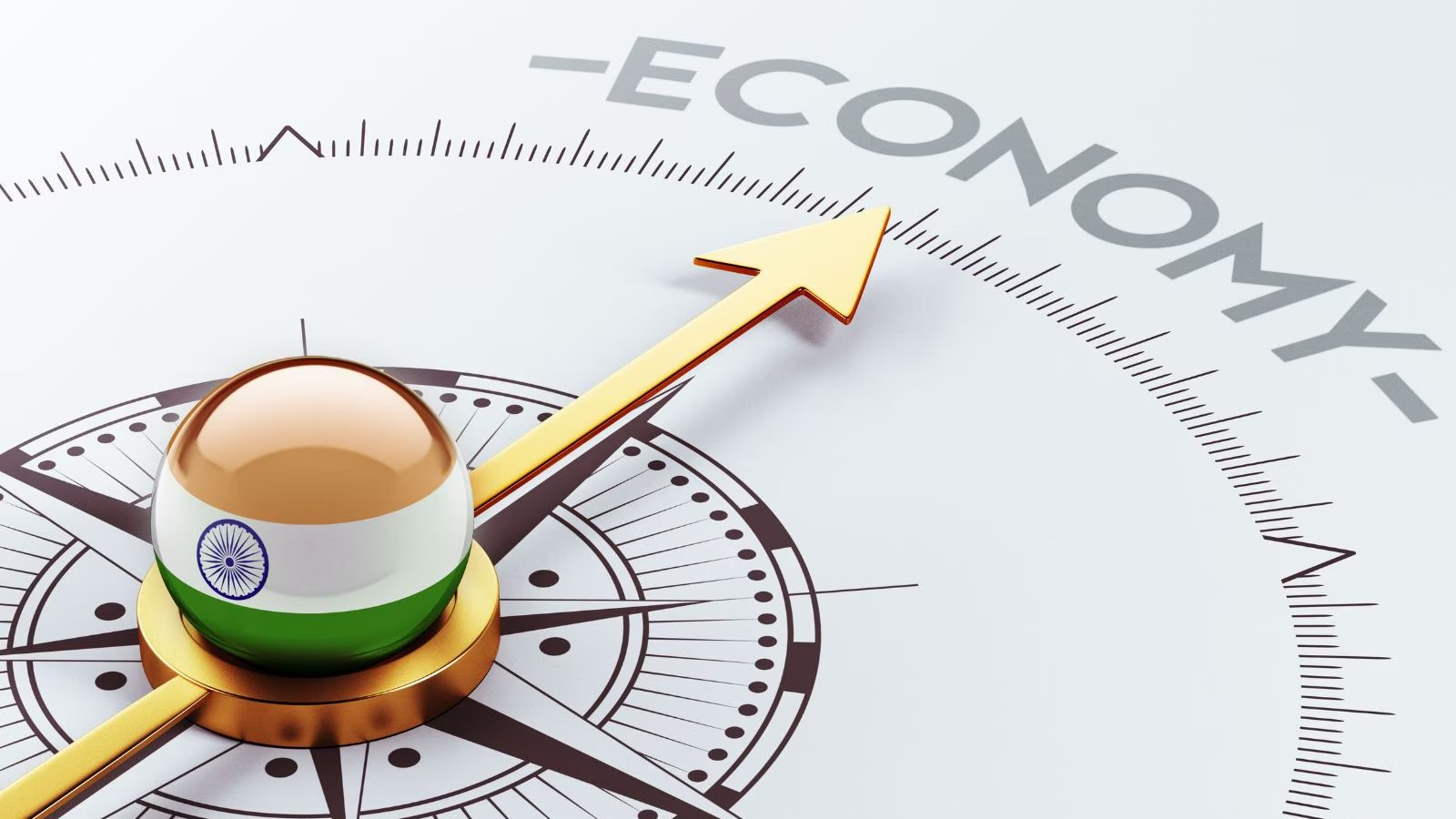In the tumultuous landscape of global economics, India has experienced its fair share of crises that have profoundly shaped its economic policies and trajectory. One of the most pivotal moments in India’s economic history occurred in the early 1990s, marked by a severe balance of payments crisis that necessitated bold reforms. This blog delves into the dynamics of India’s economic crises, particularly focusing on the events of the 1990s and their lasting impacts.

The 1990s Economic Crisis: Unveiling Vulnerabilities
In the early 1990s, India faced a grave economic crisis characterized by a precarious balance of payments situation. The country’s foreign exchange reserves were critically low, barely enough to cover a few weeks’ worth of imports. This imbalance stemmed from years of economic policies that favored protectionism, heavy government intervention, and inefficient allocation of resources.
Precursors to Crisis: Structural Weaknesses
Several factors contributed to India’s vulnerability leading up to the crisis:
- High Fiscal Deficit: Government expenditure outpaced revenue generation, leading to a burgeoning fiscal deficit. This was exacerbated by subsidies on essential goods and inefficient public sector enterprises.
- External Debt Burden: India had accumulated a substantial external debt, which added pressure on its foreign exchange reserves and ability to meet international payment obligations.
- Slow Growth and Industrial Stagnation: The economy was plagued by slow growth rates and stagnant industrial productivity, hampered by bureaucratic red tape and regulatory hurdles.
Policy Response: The Turning Point
Amidst this economic turmoil, the Indian government under Prime Minister Narasimha Rao and Finance Minister Dr. Manmohan Singh embarked on a pathbreaking journey of economic reforms. Known as the New Economic Policy of 1991, these reforms aimed to liberalize the economy, unleash entrepreneurial energies, and integrate India into the global economic framework.
Key reforms included:
- Liberalization: Opening up various sectors of the economy to private and foreign investments, reducing import tariffs, and easing restrictions on industrial licensing.
- Privatization: Disinvestment from public sector enterprises to enhance efficiency and reduce the fiscal burden.
- Globalization: Facilitating trade liberalization and encouraging export-oriented growth.
Long-term Impacts: Lessons Learned
The reforms of the 1990s laid the foundation for India’s subsequent economic growth and transformation. Key outcomes include:
- Economic Growth: India experienced accelerated economic growth rates in the following decades, driven by increased investment, productivity gains, and export competitiveness.
- Integration into Global Economy: The reforms facilitated India’s integration into the global economy, attracting foreign direct investment and enhancing trade relations.
- Policy Reforms: The crisis underscored the importance of sound economic policies, fiscal discipline, and adaptive governance frameworks to navigate global economic uncertainties.
Conclusion: Looking Ahead
The economic crises of the past have been crucial learning experiences for India, shaping its economic policies and resilience. As the world continues to navigate economic challenges, India stands as a testament to the transformative power of bold reforms and adaptive governance in fostering sustainable economic development.
In conclusion, while the crises of the past were challenging, they have equipped India with the resilience and agility needed to navigate future uncertainties and capitalize on emerging opportunities in the global economic landscape.
Understanding India’s economic crises is not just a reflection on its past but also a beacon of hope for countries facing similar challenges today. As we look ahead, the lessons learned from India’s journey remind us of the imperative to embrace change, prioritize economic resilience, and foster inclusive growth for a prosperous future.
______________________________
Also Read-
